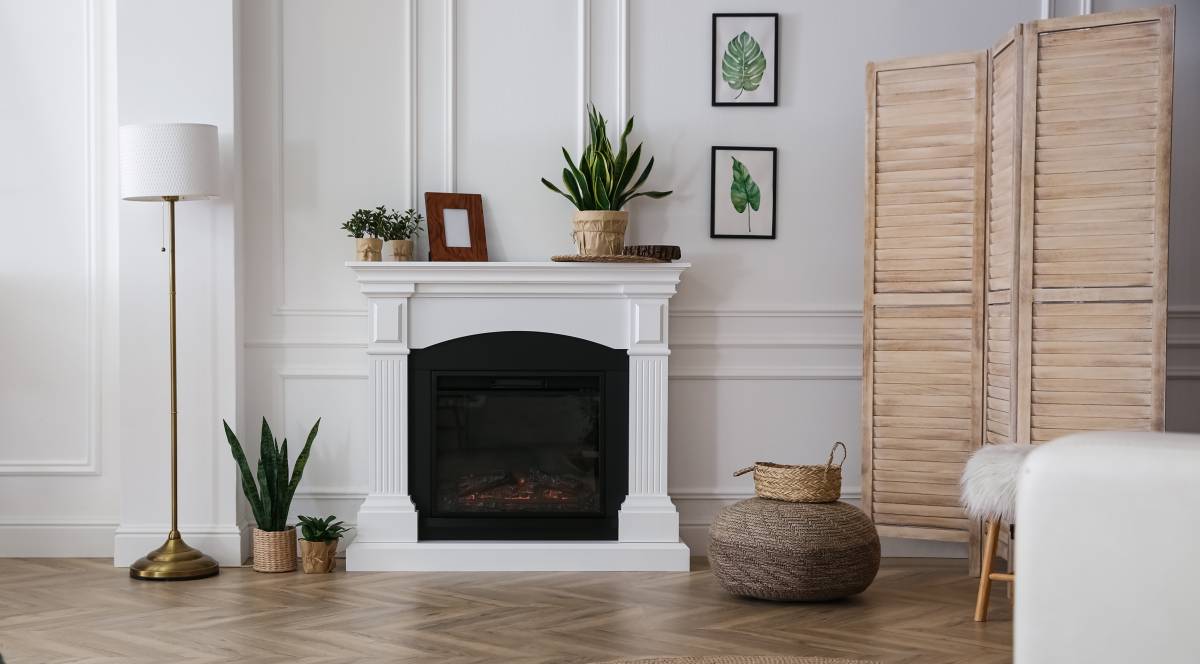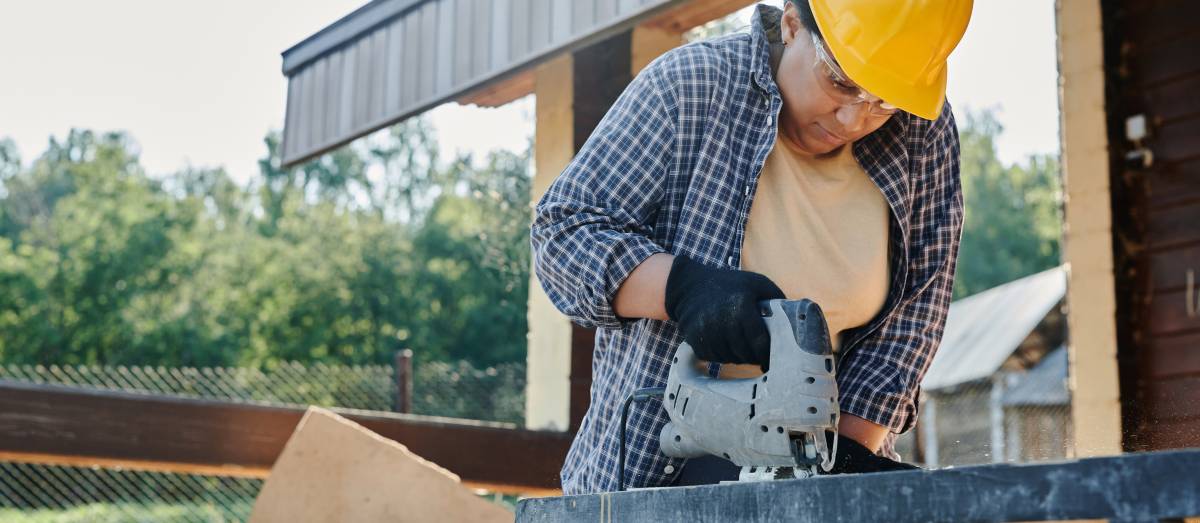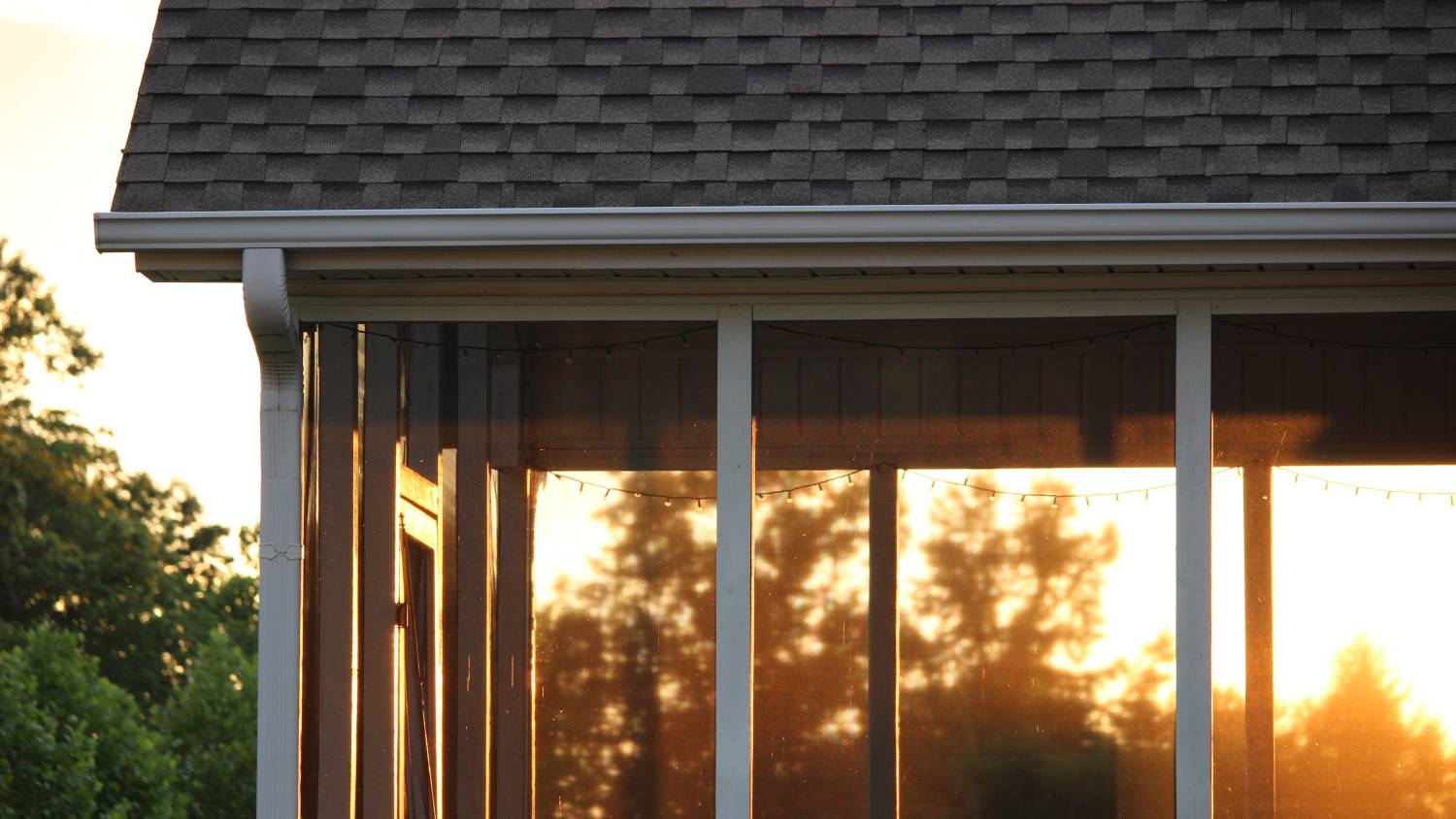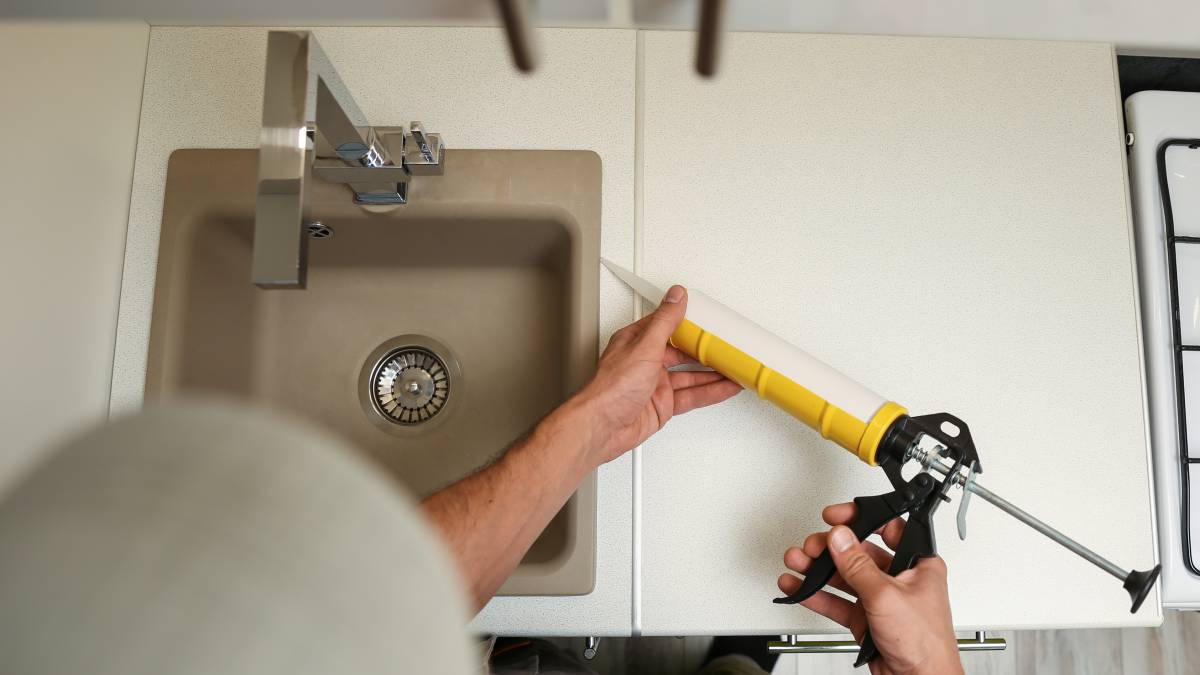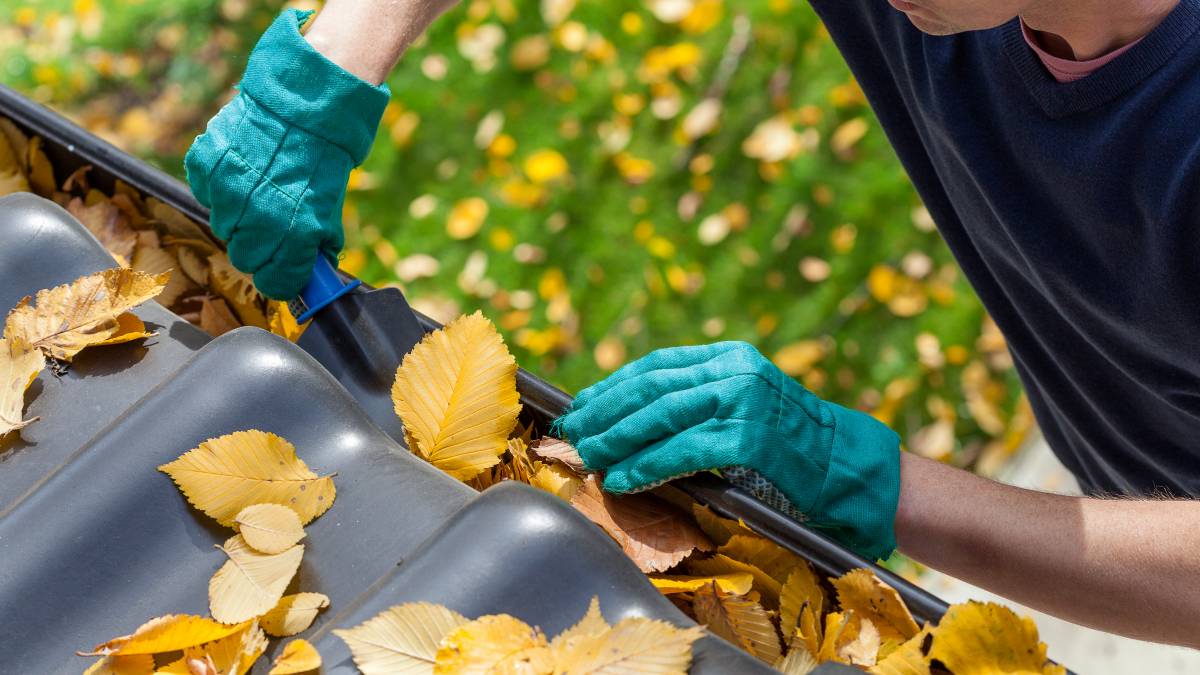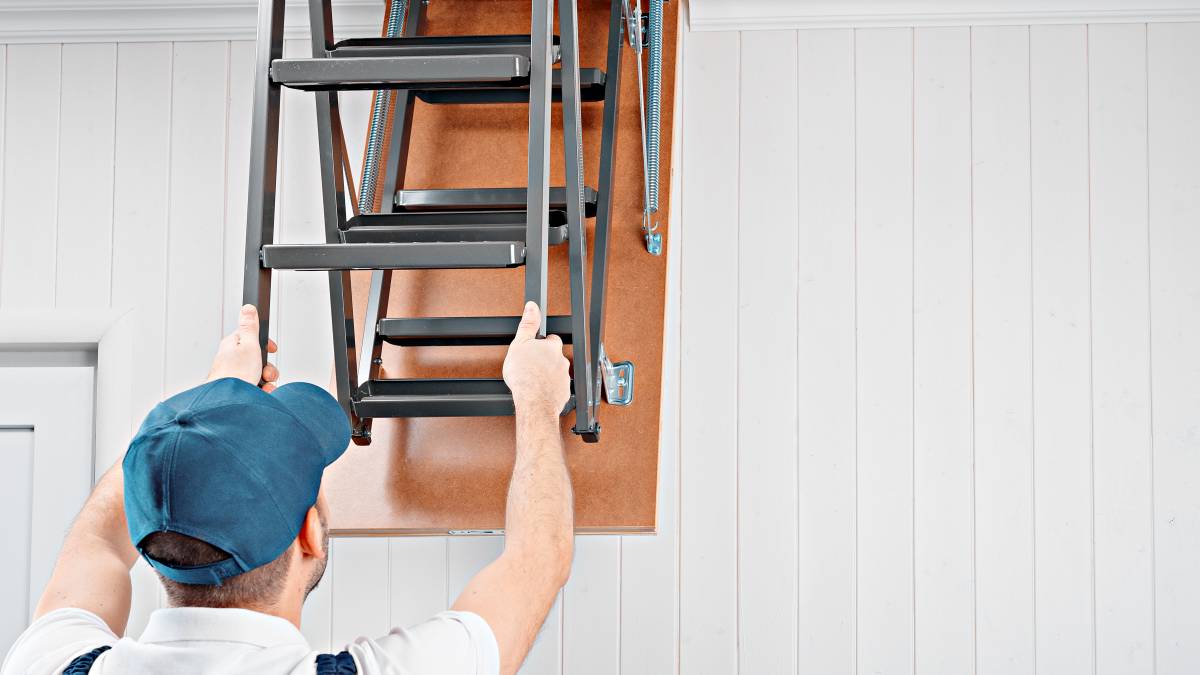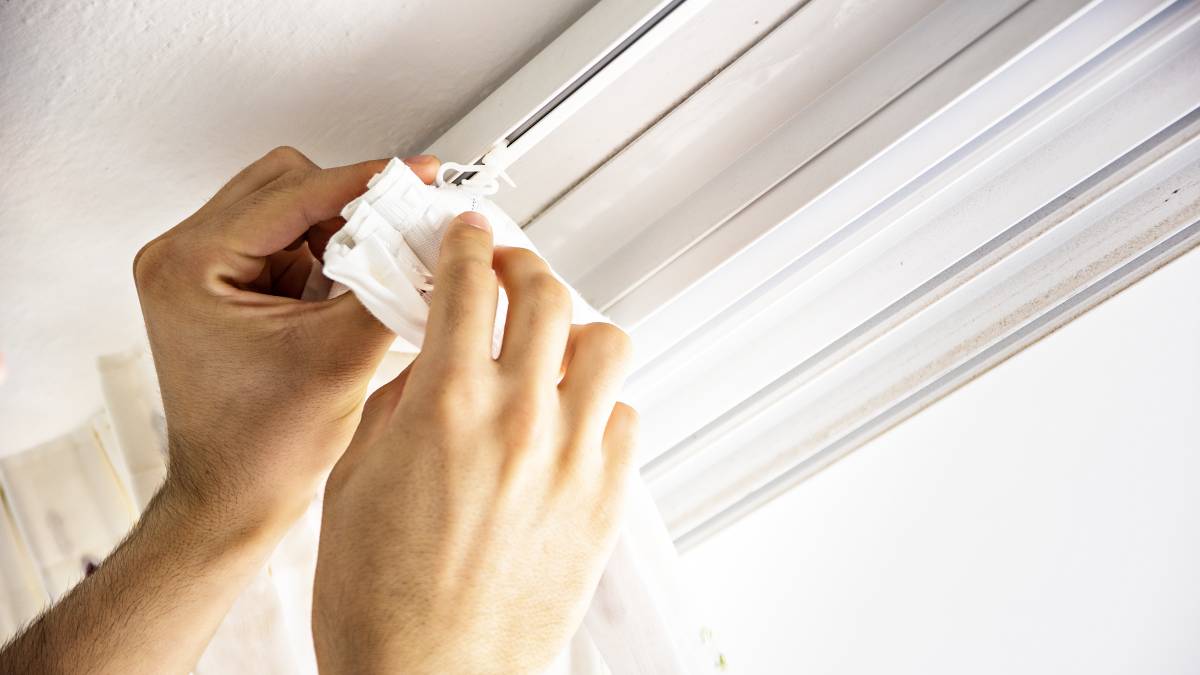
Handyman licence requirements in Australia
Which tasks can you do with or without a licence?
Browse handyman jobsLast Updated on
A handyman’s job is incredibly skill-based, which is why the regulations surrounding it are much more complicated than those for a profession based on formal education. Still, these ‘odd jobbers’ are so vital in the community because they’re responsible for home repairs and upkeep.
However, when does an odd job stop becoming odd and start requiring a licence? Keep reading to learn about handyman licences in Australia.
Do you need a licence to be a handyman?

It depends. To determine if you need a licence, we have to consider three important factors: your location (the state you live in), the scale or cost of the project, and the type of service needed.
Location: In general, states impose varying rules regarding handyman licensing. While some states do not require a licence, their cities or local communities do. In most states, though, whether you need a licence to be a handyman depends on the next factor.
Project cost: In certain states, minor projects valued at $3,300 won’t need a licence. Meanwhile, other states tend to be more generous by allowing unlicensed handymen to work on projects worth $10,000 and below.
Type of service: No matter where you live in Australia, you will need special licences and further qualifications if you intend to provide niche handyman services like:
Plumbing
Electrical
HVAC
Structural work
A handyman can only legally perform generalised work or trade work such as:
Window repair/installation
Interior/exterior home painting
Fence installation
Door/door lock repair
Small furniture installation/building
How to get a handyman licence

While each state follows its own laws regarding handyman licences, the general procedure to acquire one is the same. To give you an idea, here’s how to get a handyman licence in New South Wales:
Step 1: Decide which handyman services you wish to provide
While a handyman is expected to possess various skills that get multiple jobs done, you should identify which professional services you plan to offer. This will point you to the kind of licence you need – generalised building work, trade work, or specialist trade work (e.g. plumbing, electrical, etc.).
Step 2: Download the handyman licence application form
NSW residents can get their application form here: NSW Fair Trading Licences Minor Maintenance and Cleaning.
If you’re from another state, look for the website of your local trade board or a similar governing body to check if an application form is available.
Step 3: Prepare the necessary paperwork
In general, you will need to prepare the following:
Application form
Application Checklist
Additional detail forms (if needed)
Detailed employment history
If you have already been through training, secure your qualification certificate for submission. If not, proceed to step 4.
Step 4: Undergo professional handyman training
Enrol in relevant handyman training courses where you can hone your credentials. You may check training.gov.au to discover accredited organisations that provide classes. Keep in mind that you have to complete your training because apprentices won’t be allowed to obtain a licence.
Step 5: Apply for your handyman licence
Once you have all the necessary paperwork, set an appointment via the Service NSW website. Show up on your appointment date at your chosen centre with the documents, and then pay for your licence fee.
For non-NSW residents, visit your statewide trade regulatory website for more information.
Bonus Step: Get further training to boost your credibility
A licence will make your operation legitimate, but what you do after acquiring one will make you an expert. Continue honing your skills by attending handyman workshops, enrolling in virtual certification courses, and/or accessing online learning resources such as:
Building your knowledge nonstop will give you a competitive edge, potentially landing you bigger projects in the future.
Handyman licence requirements in different states

Handyman licence requirements for some states and territories aren’t explicitly stated on their websites. For that, it’s best to connect with your local government.
Western Australia: Department of Mines, Industry Regulation and Safety
Australian Capital Territory: Build, Buy or Renovate
Tasmania: Government Consumer, Building and Occupational Services
NSW
Only projects worth $5,000 and up require a licence. Check the steps in the previous section to know how to get a Minor Maintenance and Cleaning licence from your state.
Queensland
A job worth $3,300 and below won’t need a licence. Only a licenced handyman will be permitted to take it on once it exceeds that amount.
More info: Queensland Building and Construction Commission
Victoria
Victoria allows handymen to work on projects that do not exceed $10,000 in costs. However, regardless of the amount, a tradesperson who works on plumbing, electricity, demolition, and other structural work will require a licence.
More info: Consumer Affairs Victoria
Upskill and get more handyman gigs
Getting a handyman licence may sound like hard work, but in the end, it’ll all be worth it. Regardless, both licensed and aspiring handymen looking to gain more experience can get jobs, build a reputation through customer reviews, and earn money on Airtasker. Plenty of handyman jobs await you, so become a Tasker today!
FAQs
In Australia, handyman licenses aren’t usually required. They handle low-risk jobs like furniture assembly. Contractors, however, need specific licences (electrical, plumbing) based on their trade and can tackle bigger projects like renovations due to their training and qualifications. Think handyman for everyday fixes, contractor for major undertakings.
Minor work exemptions, also known as handyman exemptions, allow some low-risk building work in Australia without a full contractor’s licence. These vary by state and don’t replace the need for a handyman licence. Check your state’s building authority website for details, and remember, even with an exemption, building codes and safety standards apply.
Handyman licences in Australia don’t usually require specific insurance. Still, public liability insurance is essential, protecting you if someone gets hurt or property is damaged due to your work. Consider tool and income protection insurance for added security. Always check your state’s building authority for insurance needs related to your planned work.
Create your profile and start browsing jobs in minutes
Start earning now
Related articles

How to Soundproof a Room
Read more
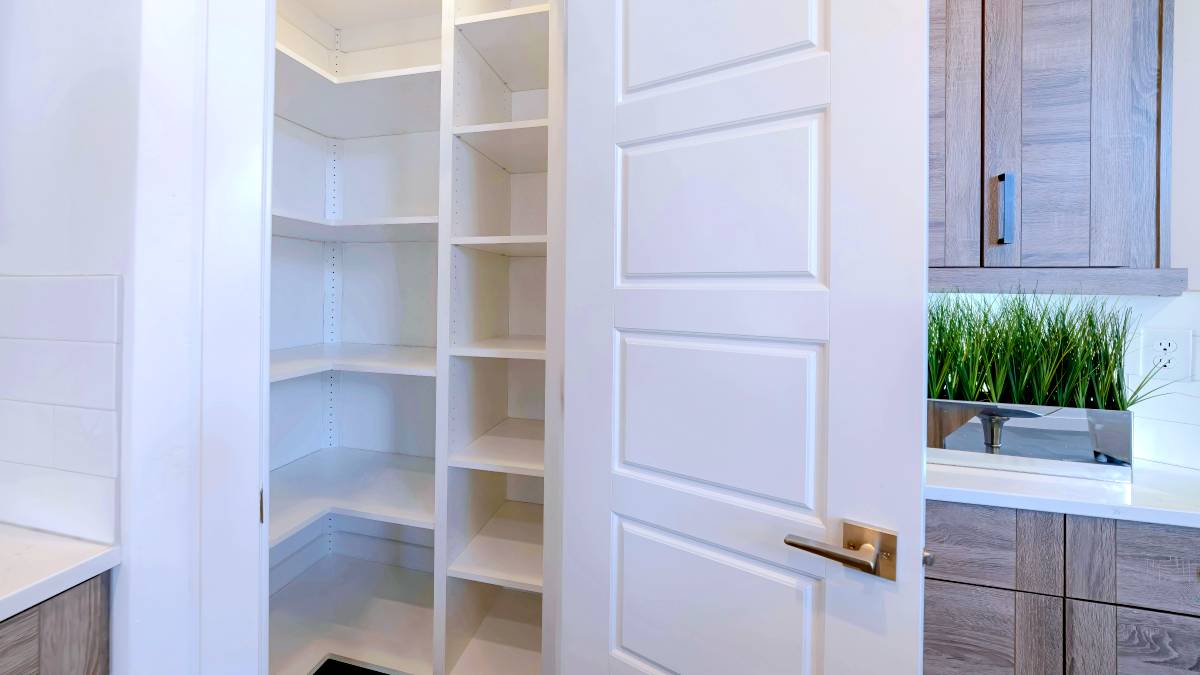
30 Eye-catching pantry door ideas
Read more
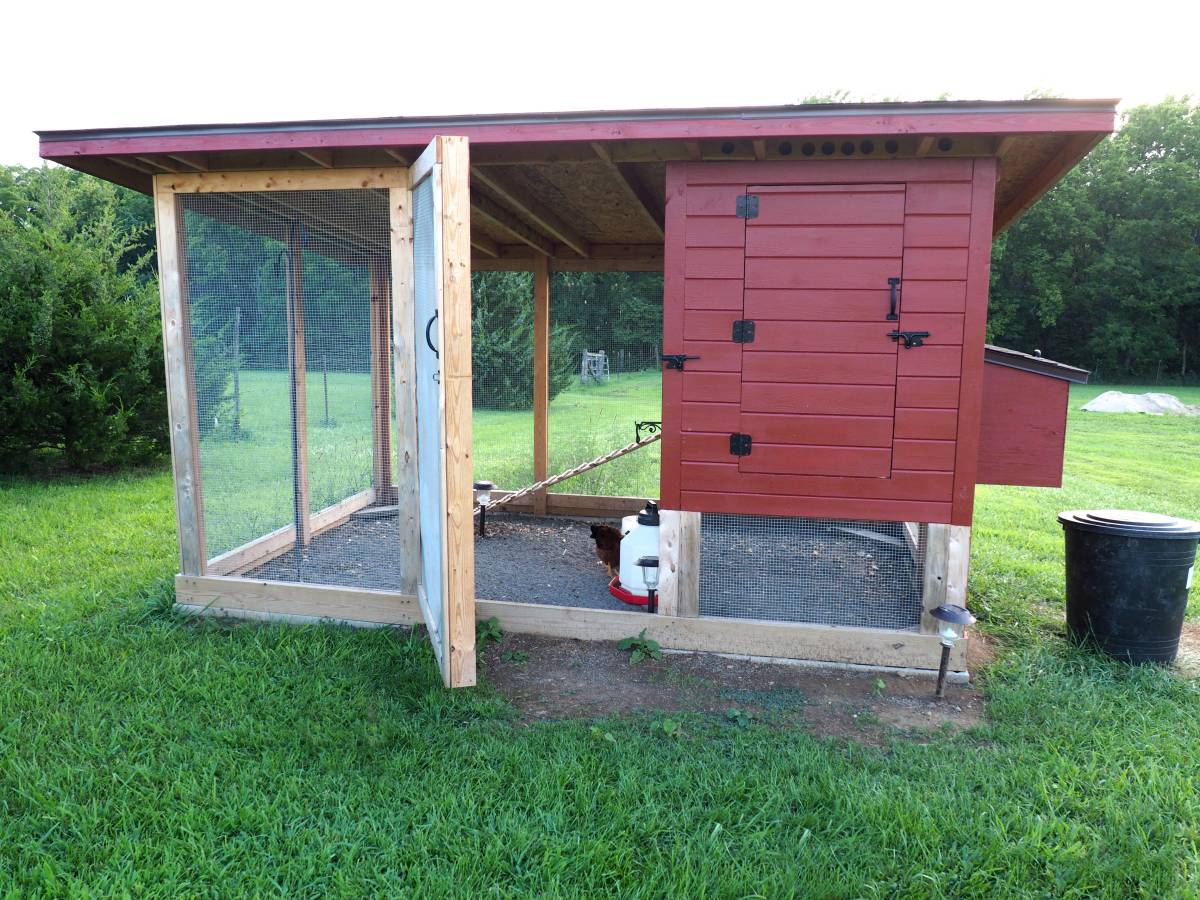
How to fox proof your chicken coop
Read more

How to install curtain rods
Read more

Best blue-collar jobs on Airtasker
Read more
Related price guides

What are average handyman prices?
Read more

How much does treadmill repair cost?
Read more

How much does clock repair cost?
Read more

How much does hot tub repair cost?
Read more

How much do roman blinds cost?
Read more

How much does window repair cost?
Read more

How much does signage cost?
Read more

How much do chainsaw services cost?
Read more












